In the process of sustainable poverty reduction and new rural construction, Lao Cai province has determined that eliminating temporary and dilapidated houses is an urgent requirement, but it also requires a harmonious combination between social security goals and preserving cultural identity; eliminating temporary houses and replacing them with new, more spacious, sustainable, and convenient houses, but still maintaining the appearance of traditional house architecture.
The family of Giang A Can, a Mong ethnic group, in Ban Pho village, Ta Van commune. In 2024, his family received 44 million VND in support from Project 1, the National Target Program for Socio -Economic Development in Ethnic Minority and Mountainous Areas. In addition to the support capital, the local government and organizations also helped his family relocate, transport materials, and mobilize labor. Thanks to that, the new house with an area of 60m², with a total cost of 110 million VND, was completed and put into use.
The valuable thing is that Mr. Can's new house still retains the traditional style of the Mong people, but is built according to the "3 hard" criteria: hard foundation, hard frame - wall, hard roof. The wall base is built with solid bricks, the wall is built with wood, both sturdy and preserving the identity.
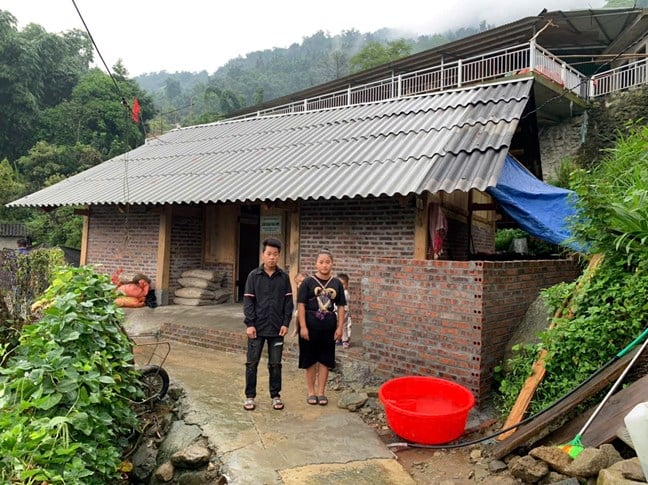
The new house of Mr. Giang A Can's family (Ta Van commune) was built according to the traditional model of the Mong people, both solid and preserving identity.
Houses like these help Ta Van ensure sustainable housing for the people while maintaining the village landscape in harmony with nature. In the space of terraced fields layered with majestic mountains, traditional roofs become a distinctive highlight. Statistics show that before the merger, Sa Pa town had 4,385 traditional houses out of a total of 6,222 houses, accounting for 70.48%. Thanks to the preservation of architecture and landscape, Ta Van and many other communes have become attractive destinations for domestic and foreign tourists, especially in the form of community tourism .
If Ta Van is typical of the Mong people, Nghia Do (Bao Yen district) is famous for the stilt houses of the Tay people. In the process of removing temporary houses, the local government has proactively sought solutions to replace old materials while preserving the traditional appearance.
The model of "new house with old architecture" was born from that time. People still build stilt houses with floor height, column span, sloping roof, stairs, and porch to welcome guests according to Tay customs. However, the system of columns, beams, frames, and roofs are made of reinforced concrete, steel boxes, fireproof roofing sheets, etc. Thanks to that, the life of the building is longer, reducing the pressure of exploiting forest wood, but the "soul" of the Tay house is still kept intact.
Mr. Luong Cao The - Vice Chairman of Nghia Do Commune People's Committee said that in the process of removing temporary houses, the government always attaches importance to preserving traditional architecture. We consulted with artisans and elders in the village to ensure that the reinforced concrete stilt houses still maintain the architectural form of the Tay people.
The reality in Lao Cai shows that preserving traditional houses not only comes from the awareness of preserving identity, but also from the practical benefits of tourism development. When traditional houses become homestay accommodation, a space for cultural and culinary experiences, people are more motivated to invest in preservation.
Not only in Ta Van or Nghia Do, many other localities in the province also preserve traditional house architecture such as Y Ty (Bat Xat district) with the rammed earth houses of the Ha Nhi people; Mu Cang Chai, Khao Mang, Tu Le, Pung Luong (formerly Mu Cang Chai district) with the cultural characteristics of Mong and Thai houses; Sa Ren village (Nghia Lo commune) with the stilt house architecture of the Thai people; Sa Pa with the typical wooden house architecture of the Mong people... These are all famous destinations, attracting a large number of domestic and foreign tourists.
Preserving and promoting traditional architecture not only helps increase income and improve people's lives but also creates a unique cultural and tourism brand for each region. When supported to remove temporary houses, people have a stable place to live and can still live in a familiar cultural space. That helps them feel more proud and conscious of preserving traditional houses. New houses that are safe and comfortable but still retain their old appearance not only ensure accommodation but also become cultural highlights, attracting tourists. This is a valuable experience that can be applied to many mountainous localities, both improving life and preserving identity.
Source: https://bvhttdl.gov.vn/bao-ton-va-phat-huy-kien-truc-truyen-thong-tao-nen-thuong-hieu-van-hoa-du-lich-rieng-giup-nguoi-dan-thoat-ngheo-20251109082135047.htm


![[Photo] Prime Minister Pham Minh Chinh attends the annual Vietnam Business Forum](https://vphoto.vietnam.vn/thumb/1200x675/vietnam/resource/IMAGE/2025/11/10/1762780307172_dsc-1710-jpg.webp)







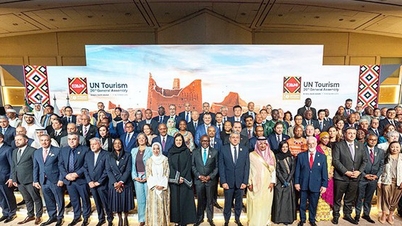




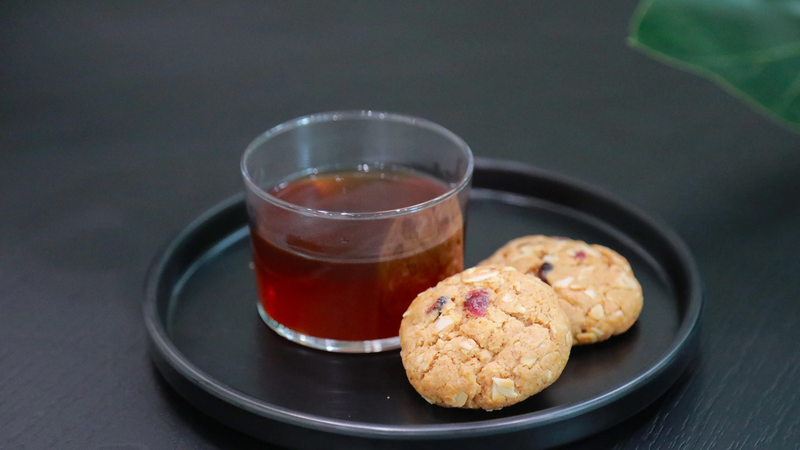





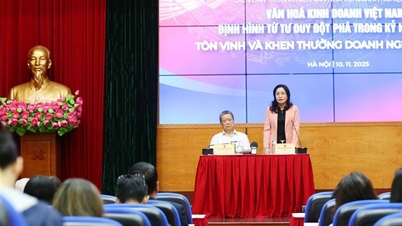

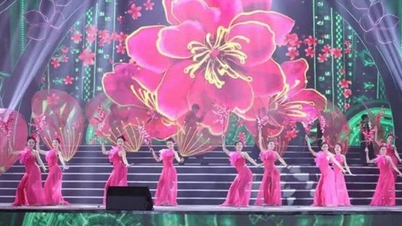
















































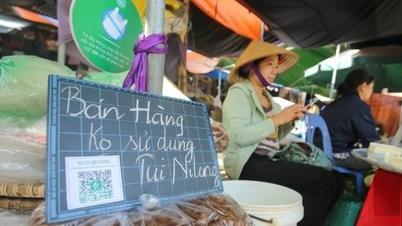












![Dong Nai OCOP transition: [Article 3] Linking tourism with OCOP product consumption](https://vphoto.vietnam.vn/thumb/402x226/vietnam/resource/IMAGE/2025/11/10/1762739199309_1324-2740-7_n-162543_981.jpeg)







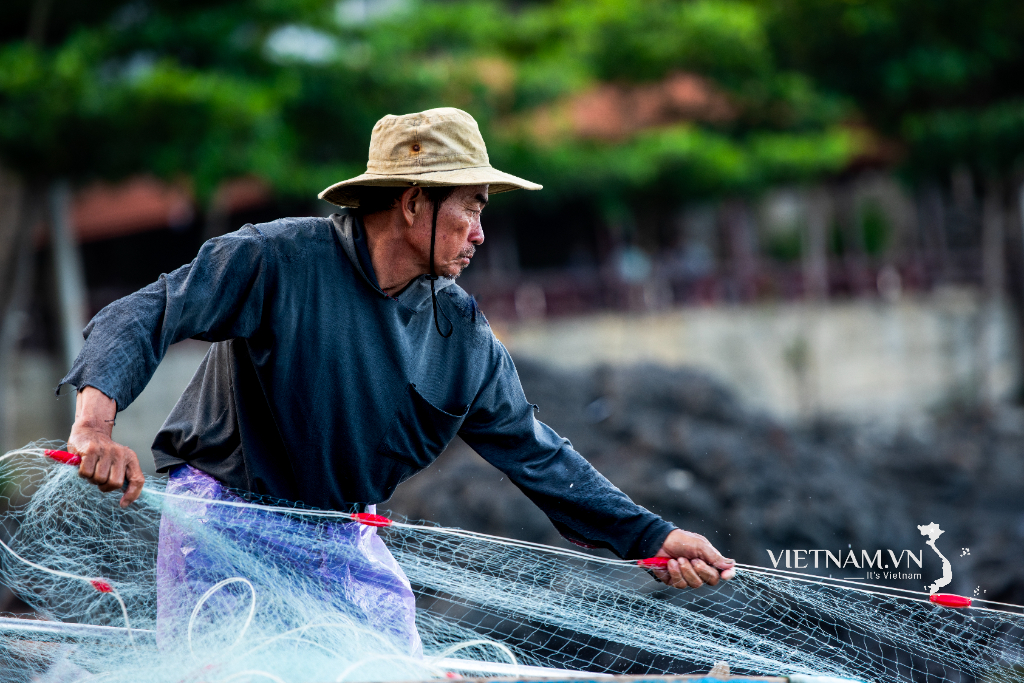



Comment (0)